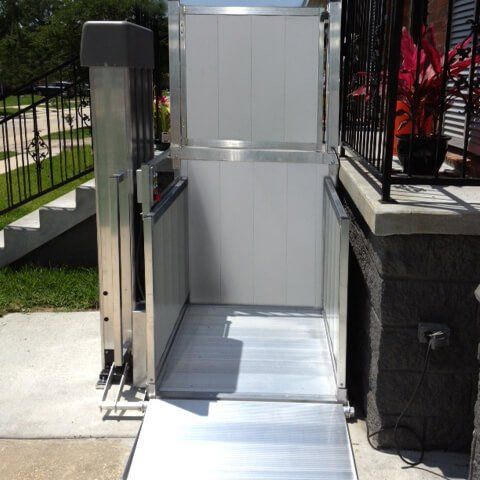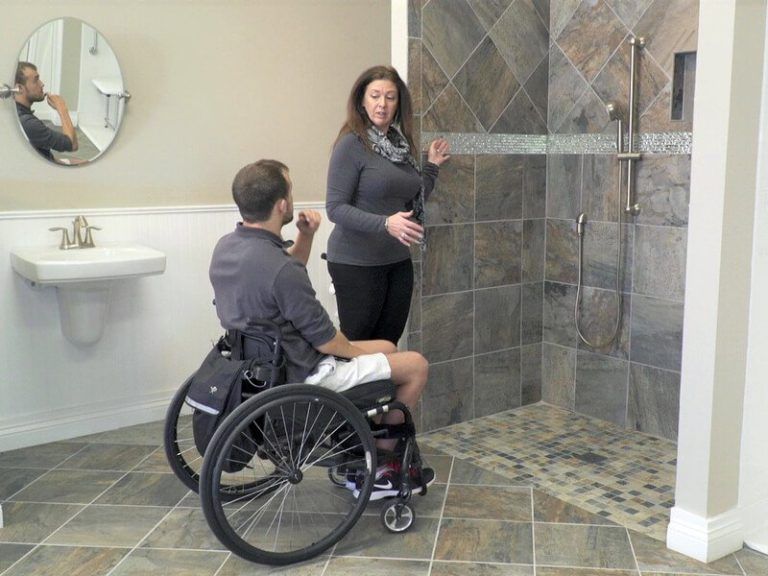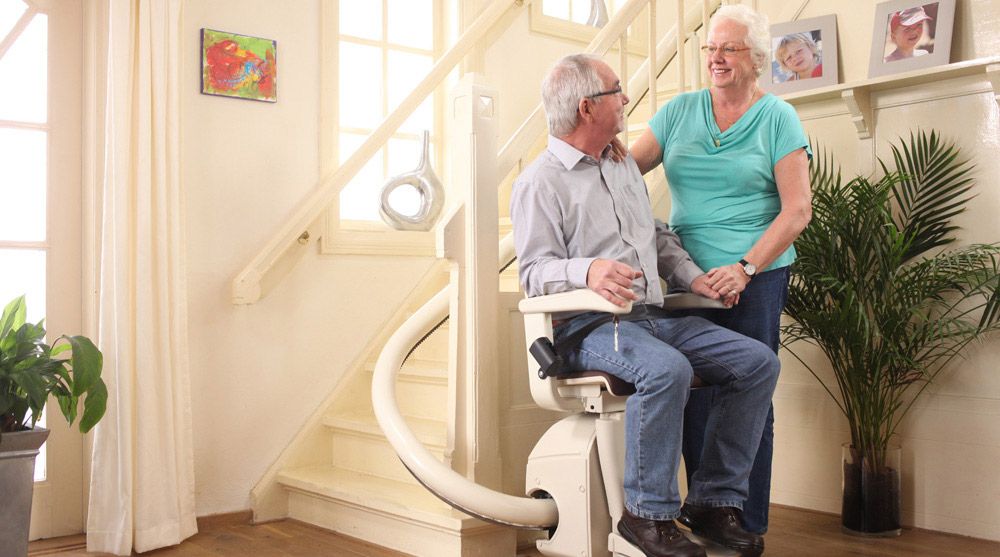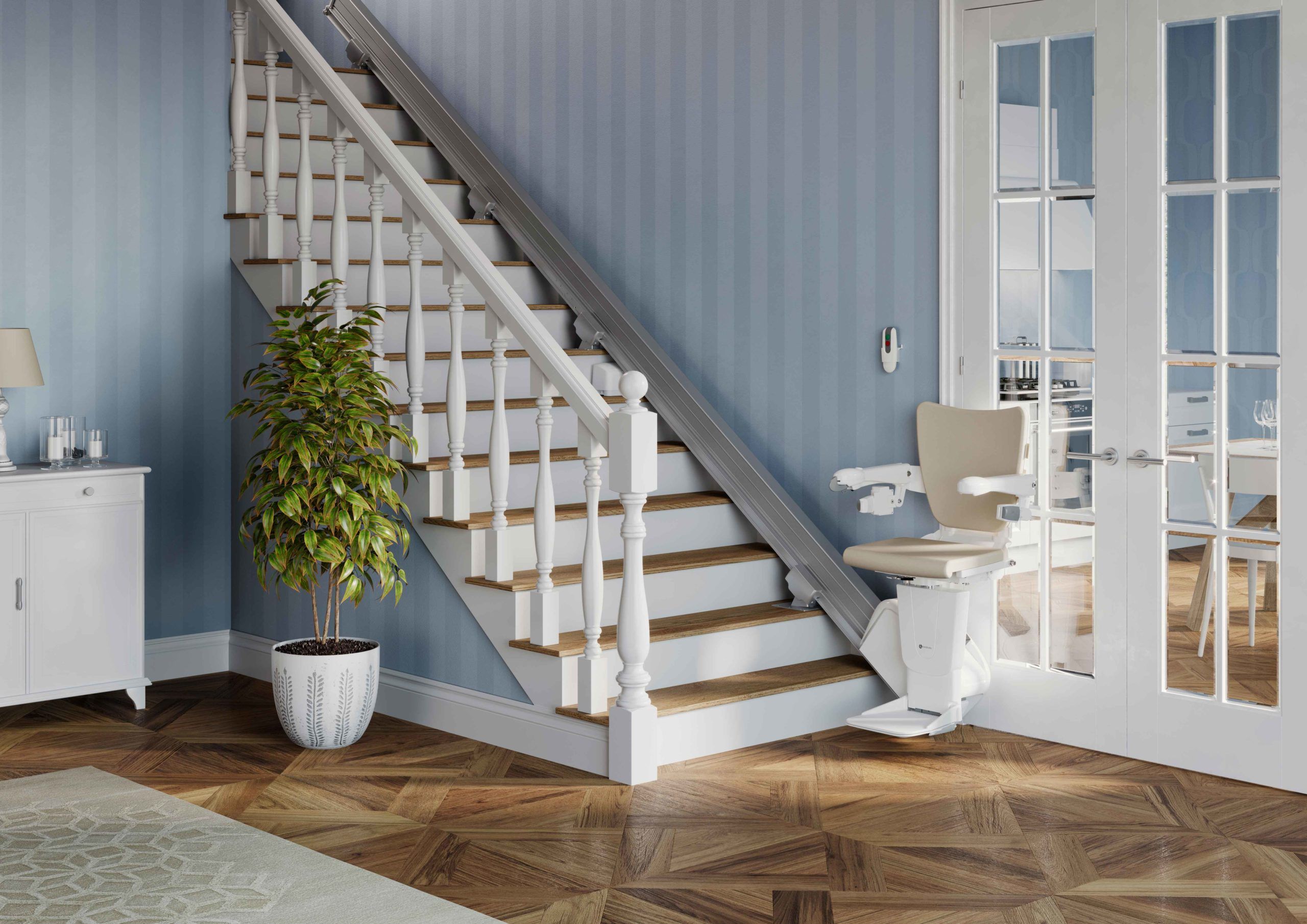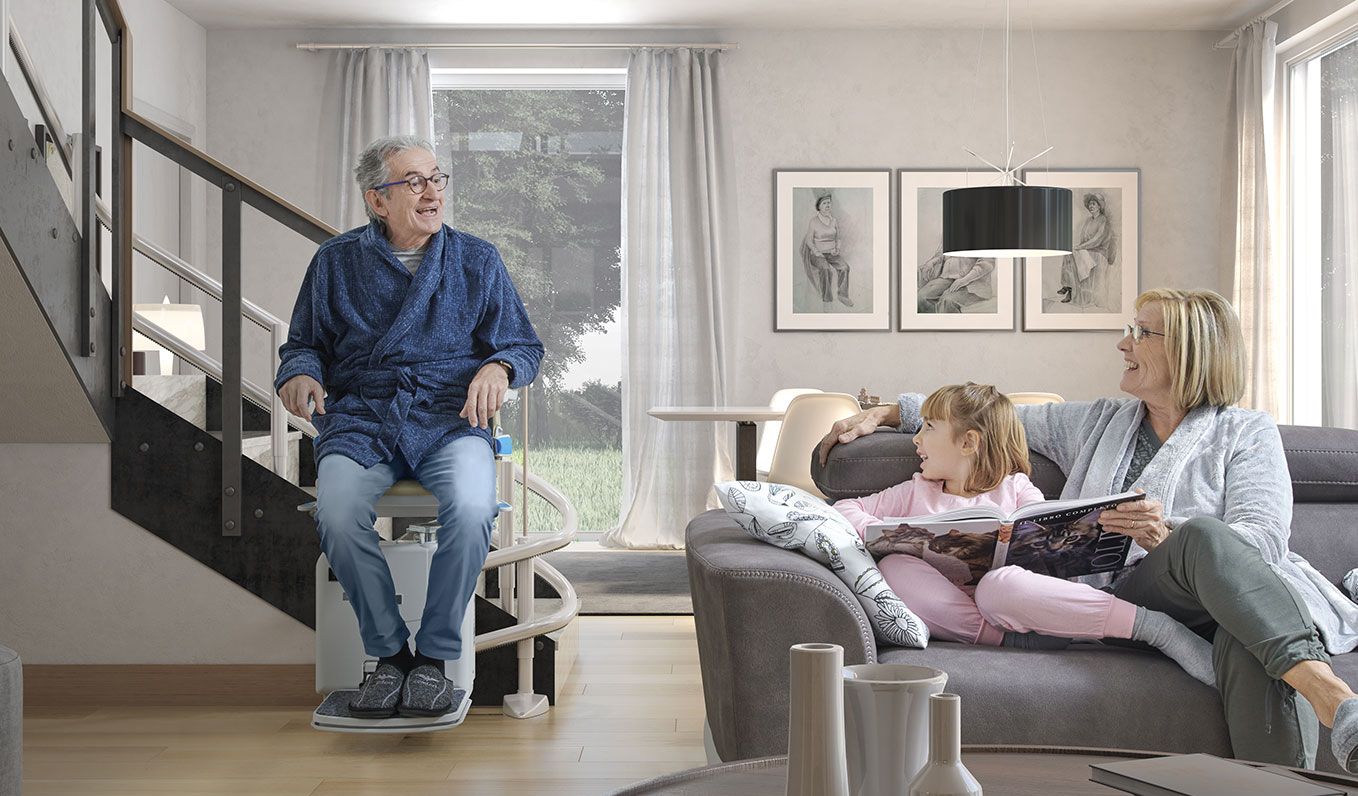Walk-in tubs versus Roll-in Showers: What you need to know
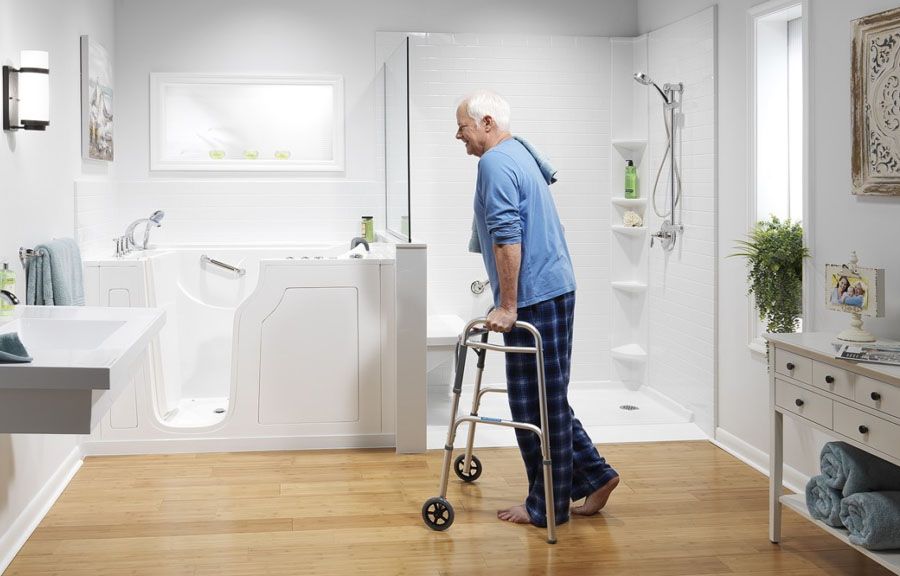
Walk-in tubs versus Roll-in Showers: What you need to know
Walk-in tubs versus Roll-in Showers, which one is best for you?
Bathroom installation layouts and designs have exponentially grown in recent years, meaning that older adults with unique accessibility needs no longer must work around traditional tub and walk-in shower models. If renovation is a feasible option, older adults and their families can choose to install new shower/tub layouts to make using the bathroom a safer experience.
Today, we will focus on two layouts: walk-in tubs and roll-in showers. With each layout, there will be a general description, a list of physical and cognitive limitations that each layout can safely accommodate for, and a list of pros and cons for using either the walk-in tub or the roll-in shower.
Table of Contents
ToggleWalk-in Tubs Guide
A walk-in tub allows for users to do just that, walk into the tub. The usual models come with a swing-away door so that the user can climb into and sit in the tub without lifting their legs over a high ledge such as seen in traditional tubs. Once the door is closed, the tub can be filled to allow for user to be mostly submerged in the water. Walk-in tubs generally come with pre-installed grab bars for ease of transfers.
Roll-in Shower Guide
Roll-in showers, also called roman showers, have the highlighted feature where the shower floor is completely level with the bathroom floor. Of course, there’s generally a slight incline in the shower floor for drainage and to prevent water from spilling out all over the bathroom. Roll-in showers are a suitable option for people with severely restricted mobility who can’t step over a shower threshold or need to be rolled into the shower in a shower chair or wheelchair. Many roll-in shower models come pre-installed with grab bars, shower seat, and handheld shower heads for increased accessibility.
Mobility, or movement, can be limited by physical (i.e. paralysis) and cognitive deficits (i.e. dementia). Both the walk-in tub and the roll-in shower can compensate for all sorts of medical conditions that decrease mobility, including but not limited to:
- Spinal cord injury
- Stroke
- Multiple Sclerosis
- Post-surgical conditions
- Heart failure (or other organ failure)
- Respiratory failure
- Alzheimer’s disease
- Parkinson’s disease
- Traumatic brain injury
Walk-in Tubs Vs. Roll-in Showers
- Is a safer option for users with limited mobility who prefer baths over showers
- Allows for complete submersion, just like traditional tubs without the trouble of squatting and laying down.
- Takes away the traditional tub ledge so that users with limited mobility don’t have to lift their knees high.
- Comes with a built-in seat and non-slip floor to allow for ease of transfer in and out of the tub
- Some models come with whirlpool jets, allowing for year-round hot tub use for pain management and relaxation
Roll-in Shower
- Easy to use
- Allows for optimal space for both the user and the caregiver for thorough bathing
- Spacious enough for wheelchairs and shower chairs of varying sizes
- Easy to clean since there’s a lack of traditional thresholds and fixtures
- Come with accessibility features including grab bars, hand-held shower head, and shower seat
Both the walk-in tub and roll-in shower are serious financial and time commitments for home installation but can provide enhanced accessibility for users with reduced mobility who otherwise wouldn’t have it. Consult with professionals and medical equipment providers, do thorough research, and consider the user’s personal preferences and unique mobility accommodations prior to purchase.
Call us at 1-800-793-5980 or complete a contact request. A Med Mart Home Access specialist will contact you.

About Medmart
Find Us On
© Copyright Med Mart Home Access | Terms of Use | Privacy Policy | Site Map


